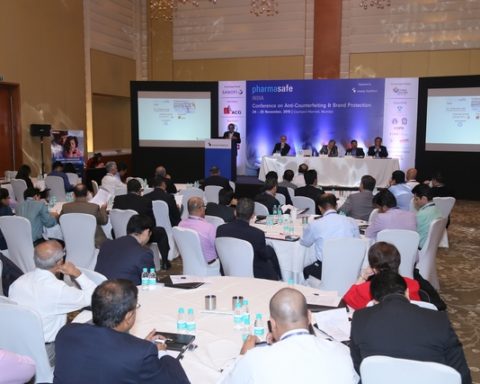The use of counterfeit products has gone rampant since technology progressed. People found new ways to duplicate things that are either too costly to buy or widely bought. This malpractice can be especially dangerous and life-threatening if these products are pharmaceutical in nature and distributed so.
Counterfeit pharmaceutical products, like life-saving drugs and over the counter medicine, are of particular concern. These drugs are made with a meticulous balance of various active chemicals and filler materials. This delicate composition needs precision in its composition to act like it’s supposed to. Any deviation from their true nature might result in a product that has harmful properties, sometimes, even lethal.
The risks that this act of ignorance could pose hazards to human life and even sometimes long-term effects like permanent organ damage. Therefore, FDA has developed several rules to regulate the medicines and the companies that manufacture it. This act of vigilance is strictly imposed and followed by any company that aims at selling its drugs in the open market.
Purpose of serialization:
The purpose of introducing pharmaceutical serialization is to primarily stand out the original drugs among the frauds. These drugs will not only be useless against the disease they are taken to cure but also, might impose unexpected side effects and harmful events.
Another reason to regularize pharmaceutical products via serialization is to keep a track of the products produced. This can help track the amount of drug that was manufactured and sold in a certain period.
How the serialization is done?
To track a product from its manufacturing until it is dispensed, the drug is marked in several ways. The lengthier the technology used, the more secure it will be to the users at the end.
Barcodes
The US law dictates that a 2D Datamatrix Barcode needs to be put on the packaging of every drug. This barcode is not a random number, but a carefully assembled number that has the following components:
- Serial number
- Expiration date
- Batch number
- National Drug Code.
This barcode is read via a machine that detects its originality at the time it is dispensed to the consumer. This practice ensures the validity and authenticity of a product that can be easily tracked down with the help of this barcode.
Two major technologies are used while keeping track of pharmaceutical products:
- Tags
- Blockchain
Tag technology
The tagged products are easily traceable from the site of manufacturing to the counter in a pharmacy. This system of tracking drugs keeps the steps from where did this drug originate to the site that it got dispensed.
It includes technologies such as barcodes and Radio Frequency Identification (RFID). However, these might not be a perfect impenetrable barrier against fraud and counterfeit drugs. It does a good job without limiting the interference with the supply chain. In case of the seal being broken or tampered with, it will not be detected perfectly and identified by the system.
Blockchain
As the product leaves its site of manufacturing, there is no guarantee in how many hands it has it been. The major issue with tag technology is that it cannot follow along and identify the people who have handled the products in a supply chain.
Blockchain found a solution to this very problem. This technology is not as widely accepted in the pharmaceutical industry as a replacement for tag technology, but it is being used in some places. The 2D barcoding systems are used to validate the authenticity of the product along the supply chain. Persons that are handling the product can be added along the supply chain and monitored. This system does not require a central authority to regularize the addition of personnel and thus makes it easier to modify.
Challenges faced in serialization
One of the biggest challenges is cost management. Taking a separate route for authenticating medications via FDA approvals raises the cost of the drug. This, in turn, makes it more expensive in the market.
The additional equipment and trained professionals to manage these technologies makes the process more expensive. Though without this technology, the drugs can become much cheaper for the patients, the number of counterfeit products makes it an essential component of manufacturing.








